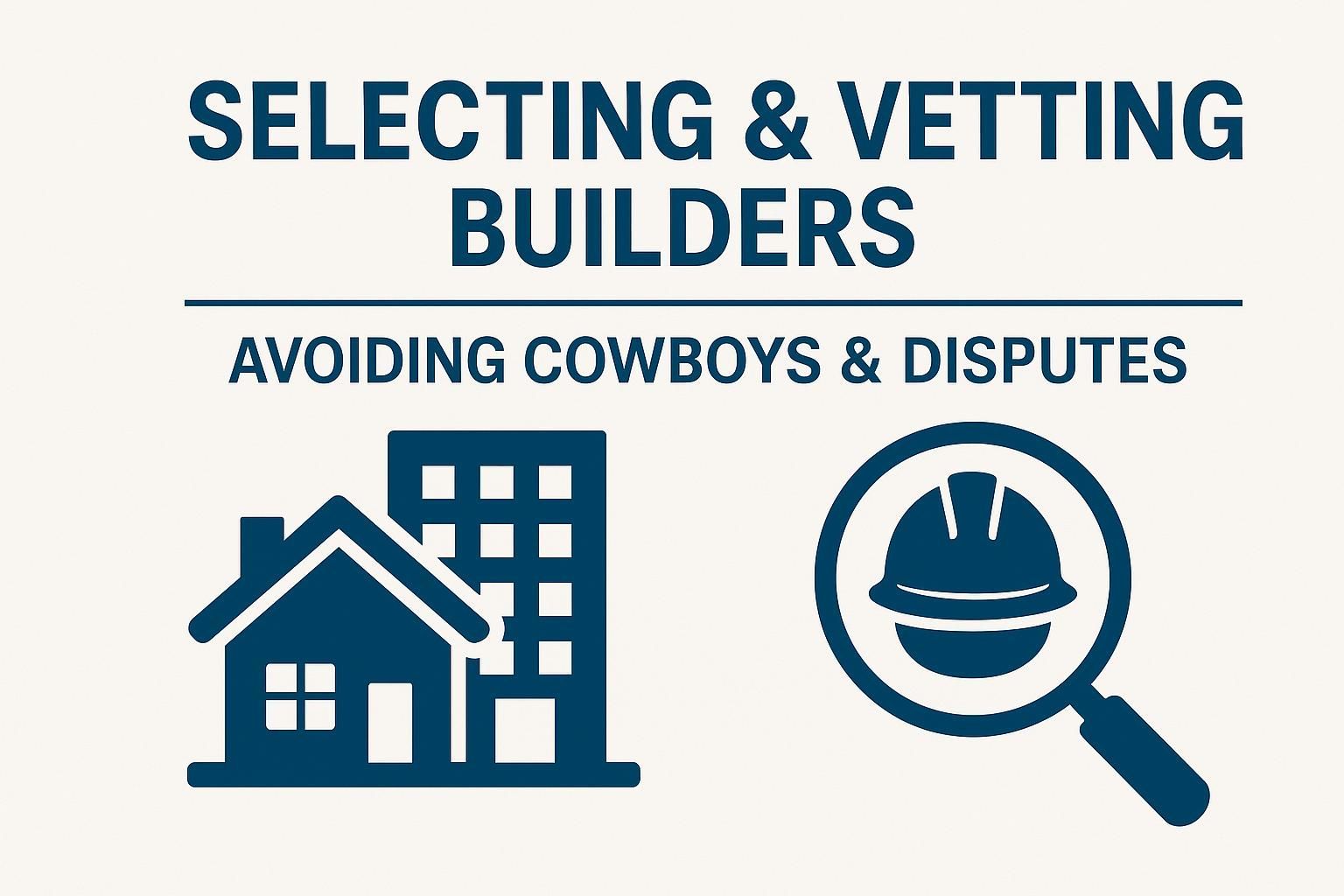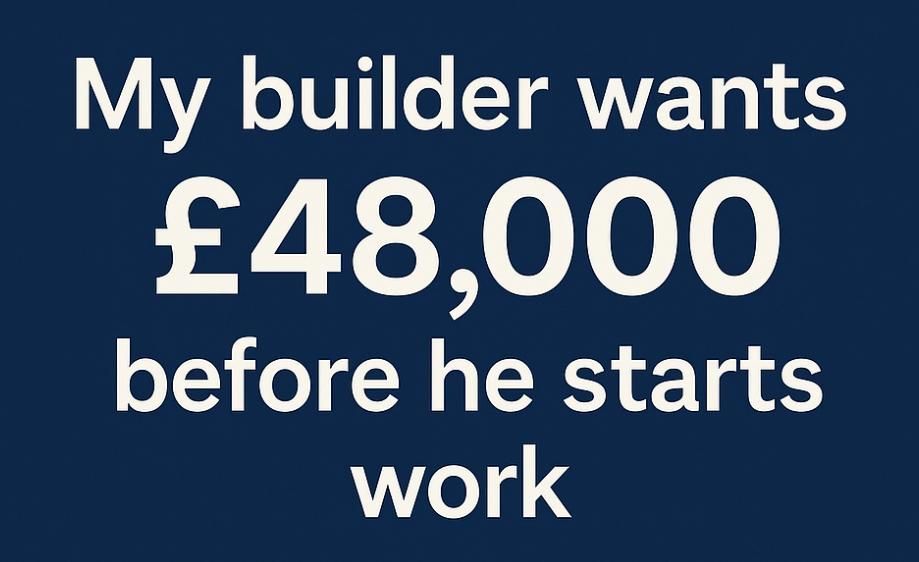Fensa Certification for Windows
Fensa - a government authorised scheme for the regulation of window installations
What is FENSA?
FENSA is a government-authorised scheme that monitors building regulation compliance for replacement windows and doors. Each FENSA Approved Installer, from large national brands to small local companies, is assessed regularly by to ensure its compliance to building regulations is continually maintained.
Windows and FENSA Regulations
The FENSA scheme allows window and door installation companies that meet certain criteria to self-certify that their work complies with the Building Regulations.
This certificate is a guarantee that the installer who fitted your new windows and doors has abided by Building Regulations and local requirements also. It also means that your installation has been registered with your local council by the installation company, which is a legal requirement especially when you are selling your home.
FENSA was first initiated on 1st April 2002 by the government. That’s why, as of 1st April 2002, you need a Fensa certificate or Building Regulation Completion Certificate if 50% or more of the window is made from glass panels.
What are the Regulations?
All replacement windows in both domestic and commercial buildings come within the scope of the Building Regulations. Anyone who installs replacement windows, doors, roof lights and roof windows will have to comply with strict thermal performance standards.
Any installation by a firm which is not registered by FENSA, including work done as a DIY project by a householder, needs full local authority approval under the Building Regulations. You should note that you, as the house owner, are ultimately responsible for ensuring the work complies with the Building Regulations
Window Company/Homeowner Requirements
Window companies have to meet certain criteria to self-certify that their work complies with the Building Regulations.
A sample of the work of every installer is inspected by FENSA appointed inspectors to ensure standards are maintained and installers who fail to perform can be suspended or even excluded from the scheme.
There are two ways to prove compliance:
· a certificate showing that the work has been done by an installer who is registered under the FENSA Scheme.
· a certificate from the local authority saying that the installation has approval under the Building Regulations.
What will happen if you don’t have a FENSA Certificate (fensa.org.uk)
When you work with a window fitter who is FENSA Approved, you will get a FENSA Certificate when the job has been completed. This is all the proof you need that your installation has been carried out compliantly, and this document will be hugely important when you come to sell or mortgage your home - and for your own peace of mind. You would find it difficult to sell your property because a buyer will require a FENSA certificate and also if you are remortgaging your property your solicitor will want to see that certificate.



